Summer 1
Summer 1
Maths
This week , the children will be looking at Mode, Median, and Range.
The mean, median, mode and range are defined as:
- Mean: the average, which is found by adding up all the values in a set of data and dividing it by the total number of values you added together.
- Median: the middle number in the set of values. ...
- Mode: the number or value, which appears most often in the set.
- Range: the difference between the lowest and the highest value.
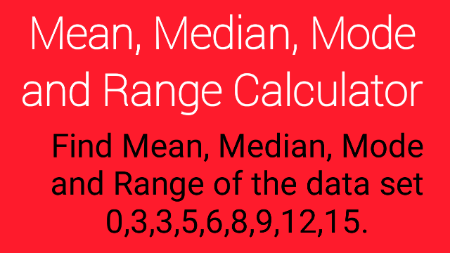
This week the children have been working on solving word problems using all four operations.
17.05.22
This week the children are focusing on a variety of topics.



09.05.22
This week the children have been focusing on Place Value.
Rounding Decimals
https://www.bbc.co.uk/bitesize/topics/zh8dmp3/articles/zwyrf82
23.5.22
Converting Unit of Time
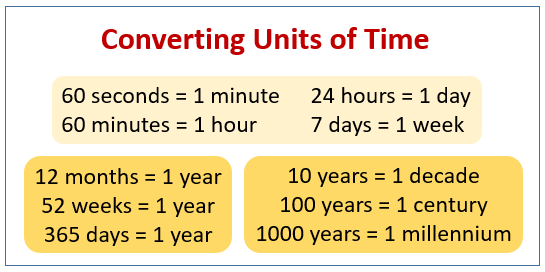
Metric Units www.bbc.co.uk/bitesize/topics/z4nsgk7/articles/zwbndxs
https://www.bbc.co.uk/bitesize/topics/z4nsgk7/articles/zqf4cwx

Imperial Units
Geography
This term, the children will be looking at The Rainforest.
Below are some amazing footage.
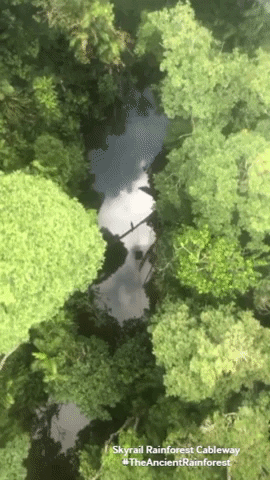
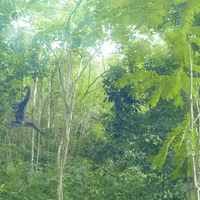

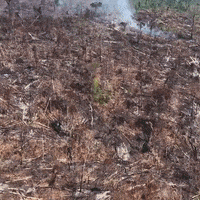

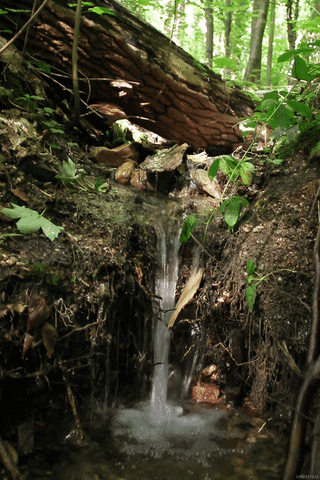

The children have been looking at identifying the equator, the tropics and the N & S Hemisphere.
They have been reading,writing, comparing and ordering numbers.
Below are children's work and clips for children and adults to go through.
Click on the picture which will take you to the websites.
They have also looked at where is Brazil and what does the country have similarities to England.


The Physical Characteristics of Amazon Rainforests
- Climate. The Amazon rainforest's tropical climate is humid and provides an average of 80 inches of annual rainfall, with half of the precipitation resulting from the forest's own evaporation.
- Trees. The majority of plants in the Amazon rainforest are trees. ...
- Plants. Plants that grow in the Amazon rainforest include herbaceous, perennials and bulbous flowering plants, shrubs, vines, ferns and lilies.
- Animals. Insects including butterflies, mosquitoes, ants and camouflaged stick insects make up the largest group of animals that live in the Amazon rainforest.
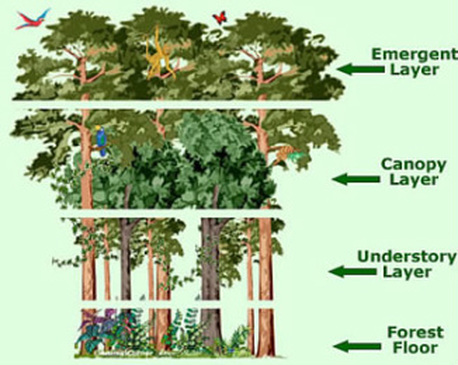
-
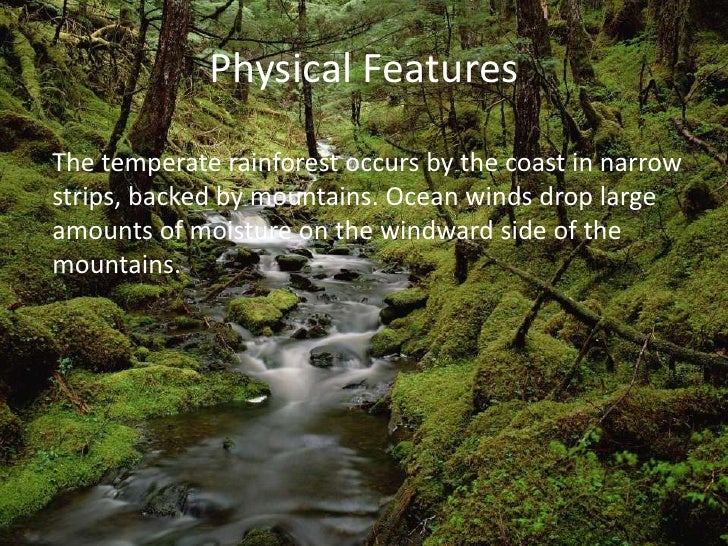
Tropical deforestation increased by 62% over the last two decades.
PSHE
This week, the children have been learning all about the importance of a good night sleep.

We spend about a third of our lives asleep. Sleep is essential - It is as important to our bodies as eating, drinking and breathing, and is vital for maintaining good mental and physical health. Sleep and health are strongly related - poor sleep can increase the risk of having poor health, and poor health can make it harder to sleep.
What are the benefits of sleep?
- Improves your attention and concentration
- Allows your body the time it needs to rest, repair and rebuild, but it does the same for your mind too.
- Helps you maintain a ealthy weight
- Keeps your heart healthy
- Keeps your immune system strong
- Reduces your stress levels
- Looks after your menatl well being
- Sleep helps young people to develop physically and emotionally.
What can help?
Doing something relaxing in the hour before going to sleep can really help. This could be things like reading a book or listening to a story being read, having a bath, cuddling a pet, talking to someone in your family about your day, or playing a board game or puzzle.
Spending time outside during the day and exercising can help someone fall asleep and help them to sleep well. Keeping to the same routine
is a good idea, such as going to bed and waking up at the same time every day, even at weekends.
The next two weeks, the children will be looking at Mental Health.

Mental health includes our emotional, psychological, and social well-being. It affects how we think, feel, and act. It also helps determine how we handle stress, relate to others, and make choices.
Mental health is important at every stage of life, from childhood and adolescence through adulthood.
The children have been looking at how they can recognise when someone is feeling low, what strategies can use to help someone and who they can turn to if they are struggling.
Fantastic discussions were taken place from Year 5. Miss Mushtaq, Miss Gascoigne and Miss Collins are proud of everyone.

This term the children are reading and learing all about the book called Journey to the River Sea.
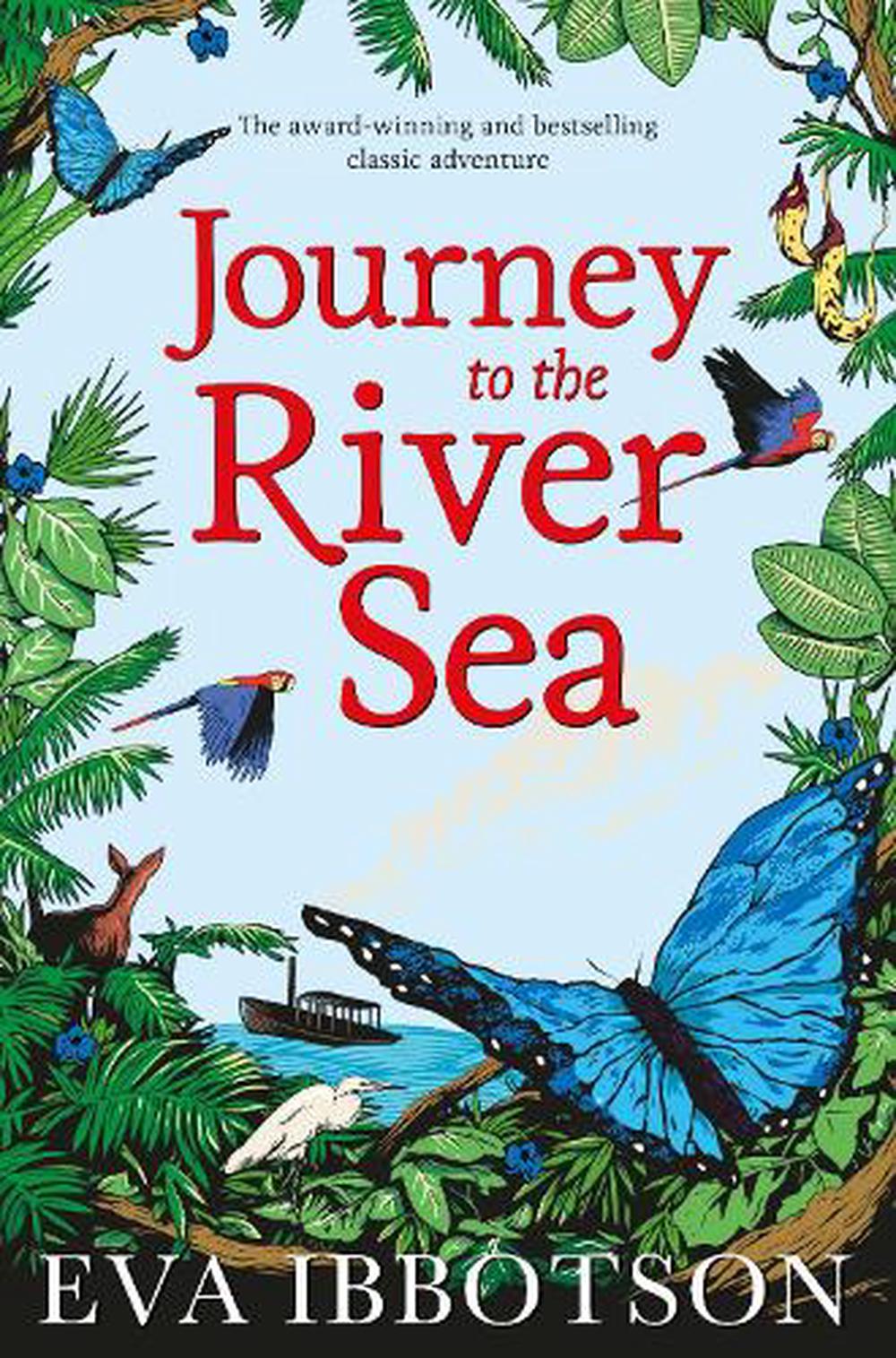
The children looked at the front cover to predict what the book could be about, wonder what could happen.
The chidren have listen to an audio version of the book and picked out vocabulary that helped them to understand the story. Then using a Zone of Relevance sheet, in groups they sorted out the word from not relevant to relevant.
This week, one of the areas that the children have been looking at is Persuasion.

Typical features of persuasion text:
Audience Someone you are trying to infl uence
Purpose To promote a particular view or product in order to influence what people think or do
Typical structure
• Logical order
• A series of points building one viewpoint
• Paragraphs with topic sentence in introduction (and
in all paragraphs for longer text)
• Often includes images to attract attention
Typical language features
• Personal and direct, often informal (friendly)
• Emotive connectives and sentence signposts
• Opinions presented as facts
• Use of the imperative
• Use of language that sounds good including slogans
• Weasel words (emotive language designed to deceive/
give best impression)
Examples • Adverts
• Newspaper editorials
• Promotional leafl ets
• Pamphlets promoting a particular viewpoint
They had to describe the effect of the text by looking at the following pictures:



The children worked in groups do they research.
09.05.22
This week in English, the children have been busy making comparisons between Maia and Miss Minton.
Extract taken from the story
For while the sisters prized proper learning, they also prized good manners, thoughtfulness and care for others, and the girls learnt both algebra and needlework. Moreover, they took in children whose parents were abroad and needed somewhere to spend the holidays. Now, some thirty years later, in the autumn of 1910, the school had a waiting list, and those girls who went there knew how lucky they were.
All the same, there were times when they were very bored.
Miss Carlisle was giving a Geography lesson in the big classroom which faced the street. She was a good teacher, but even the best teachers have trouble trying to make the Rivers of Southern England seem unusual and exciting.
‘Now can anyone tell me the exact source of the River Thames?’ she asked.
She passed her eyes along the rows of desks, missed the plump Hermione, the worried-looking Daisy — and stopped by a girl in the front row.
‘Don’t chew the end of your pigtail,’ she was about to say, but she did not say it. For it was a day when this particular girl had a right to chew the curved ends of her single heavy plait of hair. Maia had seen the motor stop outside the door, had seen old Mr Murray in his velvet-collared coat go into the house. Mr Murray was Maia’s guardian and today, as everyone knew, he was bringing news about her future.
Maia raised her eyes to Miss Carlisle and struggled to concentrate. In the room full of fair and light brown heads, she stood out, with her pale triangular face, her widely spaced dark eyes. Her ears, laid bare by the heavy rope of black hair, gave her an unprotected look.
‘The Thames rises in the Cotswold hills,’ she began in her low, clear voice. ‘In a small hamlet.’ Only what small hamlet? She had no idea.
The door opened. Twenty heads turned.
‘Would Maia Fielding come to Miss Banks’ room, please?’ said the maid.
Maia rose to her feet. Fear is the cause of all evil, she told herself but she was afraid. Afraid of the future… afraid of the unknown. Afraid in the way of someone who is alone in the world.
Miss Banks was sitting behind her desk; her sister, Miss Emily, stood beside her. Mr Murray was in a leather chair by a table, rustling papers. Mr Murray was Maia’s guardian, but he was also a lawyer and never forgot it. Things had to be done carefully and slowly and written down.
Maia looked round at the assembled faces. They looked cheerful but that could mean anything, and she bent down to pat Miss Banks’ spaniel, finding comfort in the feel of his round, warm head.
‘Well, Maia, we have good news,’ said Miss Banks. A frightening woman to many, now in her sixties, with an amazing bust which would have done splendidly on the prow of a sailing ship, she smiled at the girl standing in front of her. A clever child and a brave one, who had
17.05.2022
The children have continued looking at prompt - Persuasive Writing
Below are some ponits that the children looked at in groups:
- What is the main message of each text? Who do you think is the intended audience and why?
-
Which text is the most effective for you? How has the writer achieved this?
-
What examples of alliteration can you find? What effect does this have on the reader?
-
What use of imagery can you find (creating pictures or sensations through words)? Which example is most effective and why?
The children have worked in pairs and have come up with Talk4write , trying to persuade you to buy thier product.
The children have beeen looking at modal verbs.

Recognising modal verbs
Modal verbs are easy to spot because there are so few of them. In addition to must, shall, will, should, would, can, could, may and might, we can add ought to and have to.
If we are told that we 'must' do something, like complete homework, the modal verb 'must' indicates a high level of modality. There is no argument. The homework has to be done.
But if we are told that we 'may' do homework, the modal verb 'may' suggests a degree of choice. Modal verbs are useful for telling us about how necessary, or possible, something is.
ART
This term , the children are looking at Henri Rousseau and Ruth Daniels art work.
Henri Rousseau Ruth Daniels
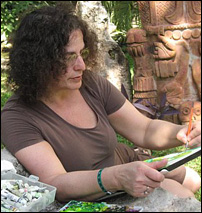

The children worked really hard the last two week, looking at what we could you use to create pictures.
They looked at primary colours and how they could create new colours ( seconadry and tertiary).

At ehe end of the, the children evaluated what worked best, what they could improve and how.
Science

The children were really exacited about looking at different Amazon Rainforest animals by identifying, grouping and classifying them.
The children worked in pairs to find out by using the internet, books and other resourses.
The clips below clearly explain that everything has a life cycle but depending on the species it can look different e.g., caterpillar to a butterfly compared to a human growing old.
Jane Goodall Davud Attenborough
The children have been looking at the above two people and ho
BBC Bitesize video about life cycle https://www.bbc.co.uk/bitesize/topics/zgssgk7/articles/zwn6mnb
Watch What a Wonderful World with David Attenborough https://www.youtube.com/watch?v=iYXBJmrsxZU
The children then researched other animals found in the local environment, (e.g. birds, hedgehogs, foxes, mice, spiders, ants, ladybirds).
- Whether they have live young or eggs.
- The length of the gestation or incubation period.
- Whether they are similar to the adult when born then grow or metamorphosise.
- Whether or not they have parental care.
 Reedley Primary School
Reedley Primary School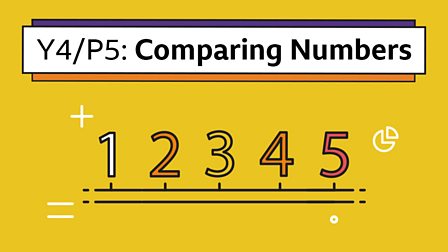
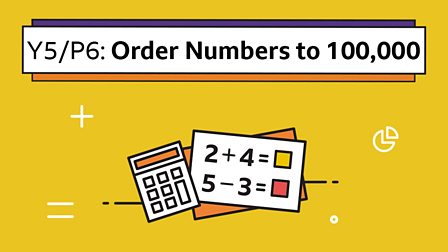
![IMG_0582[1].JPG](http://www.reedley.lancs.sch.uk/uploads/378/images/IMG_0582[1].JPG)